Read on to discover practical, easy-to-follow strategies to protect your home from storm damage. From securing windows to reinforcing doors, these tips will help you stay prepared for any severe weather.
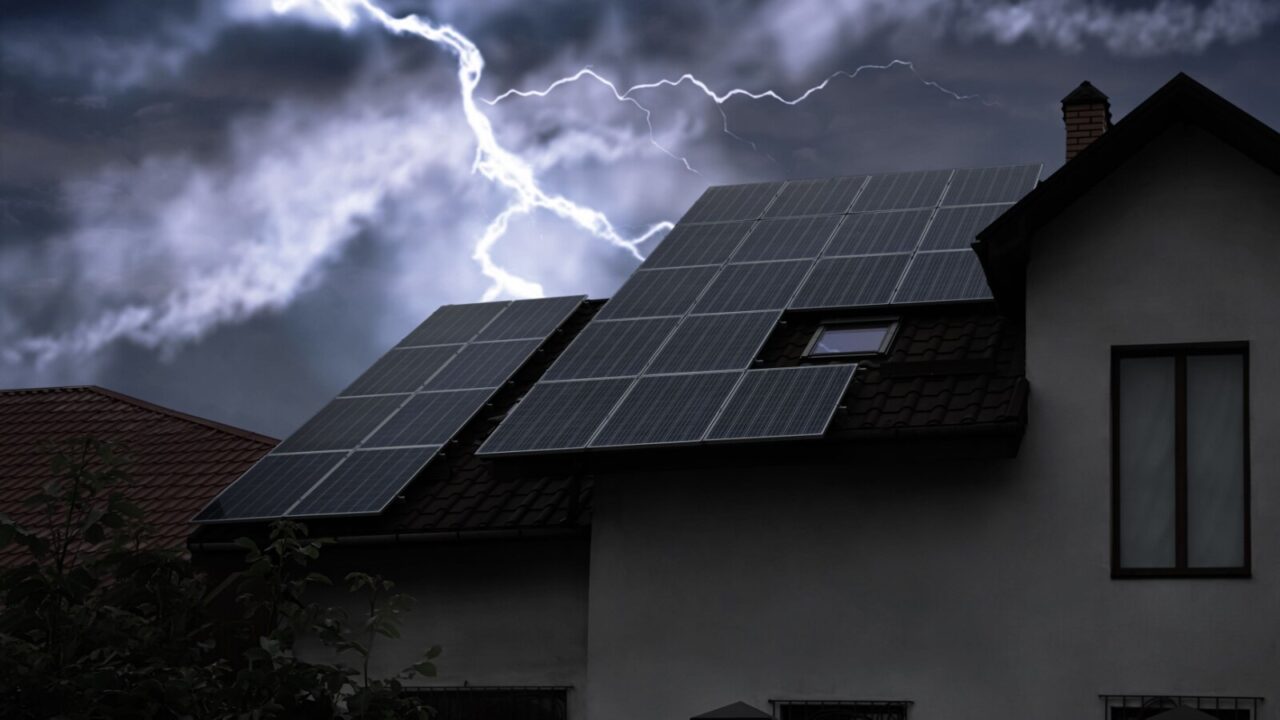
Prepare for Any Storm
No matter where you live, storm-proofing your home is crucial for protecting your property and loved ones. Be it hurricanes or heavy winds, with the right preparations you can minimize the damage these natural disasters cause.
Swipe through for essential tips that’ll help keep your home safe and secure when storms hit. With simple fixes and smart upgrades, you’ll be ready for whatever comes your way.

Secure Your Windows
Windows are one of the most vulnerable areas during a storm. Installing storm shutters or using plywood can protect your windows from flying debris and strong winds.
As a long-term solution, consider investing in impact-resistant windows. These not only enhance security but also provide additional insulation, helping to lower energy bills as well as storm-proofing your home effectively.
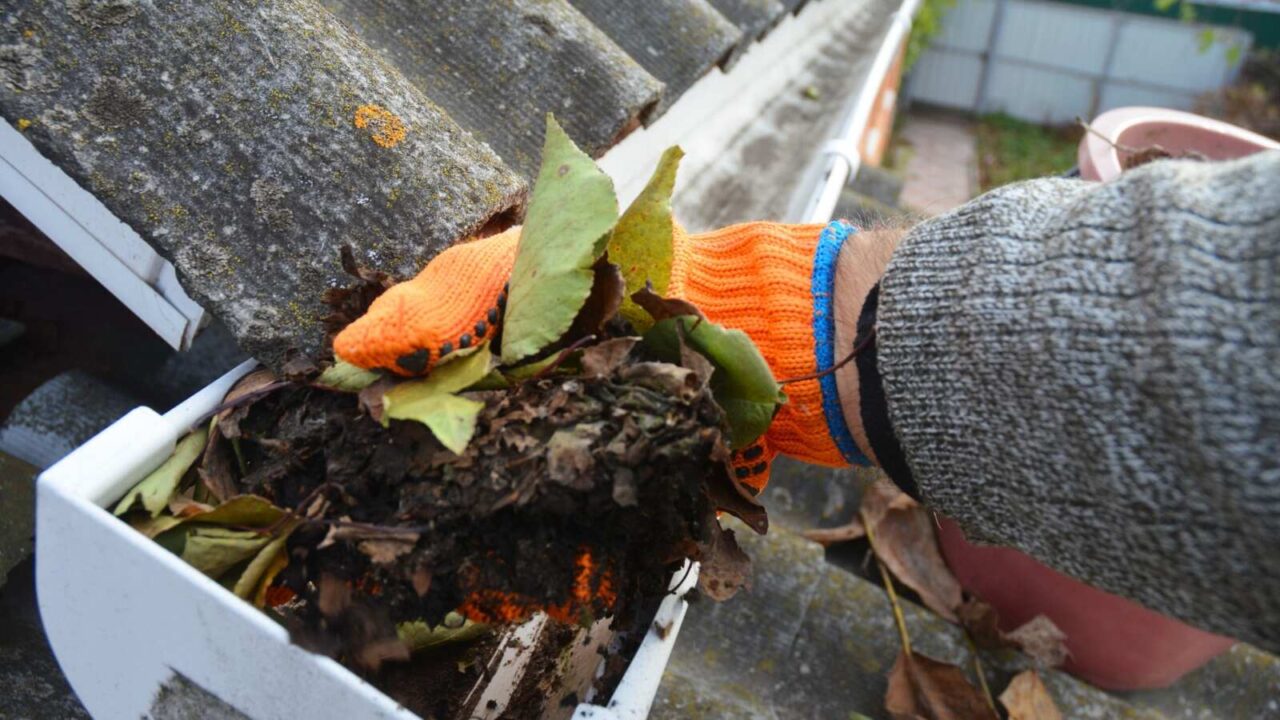
Gutters and Downspouts
Clogged gutters are a hidden risk during storm season. When water can’t flow properly, it can lead to leaks and roof damage.
Clean out gutters and downspouts to ensure they’re clear before storms hit. Installing gutter guards can prevent blockages and make maintenance easier.
This will allow water to flow away from your home’s foundation during heavy rains.
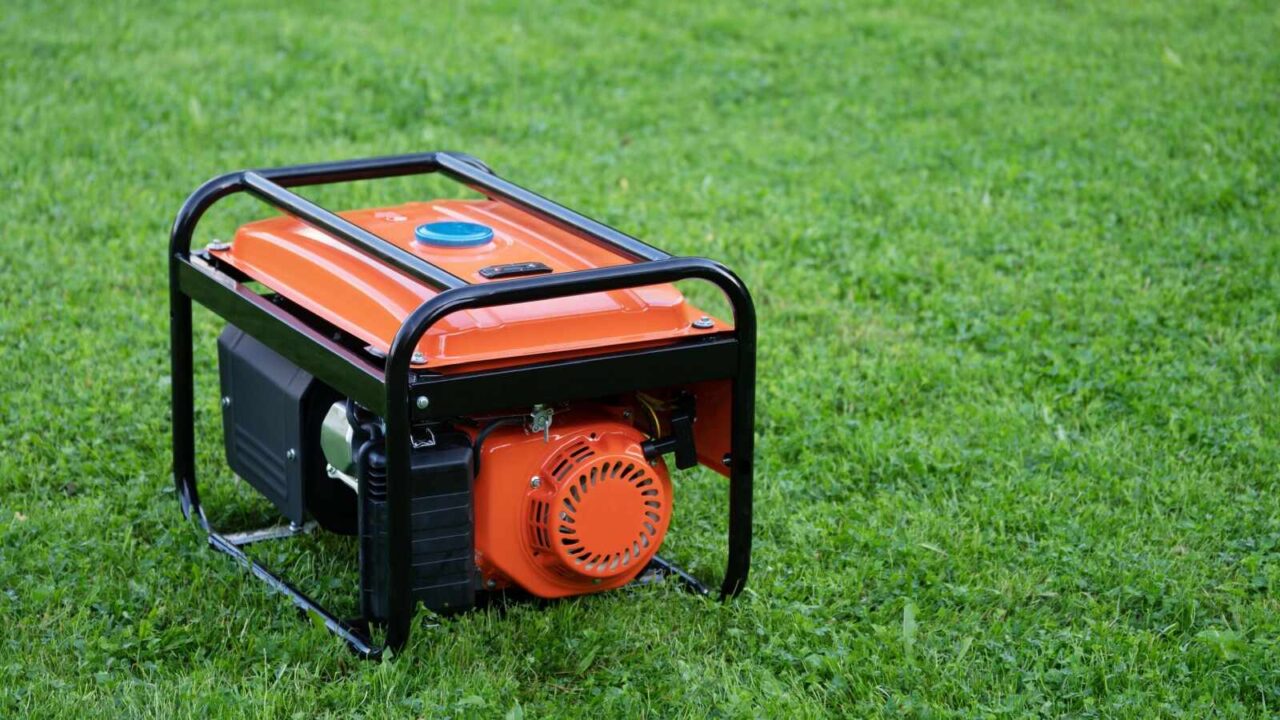
Backup Generator
Power outages are quite frequent and common when storms hit, and having a backup generator can be a lifesaver. It keeps essential systems like refrigeration, lighting, and heating or cooling running even when the power goes out.
Portable generators are an affordable option, but whole-house systems offer more coverage. Be sure to follow safety guidelines when using one.
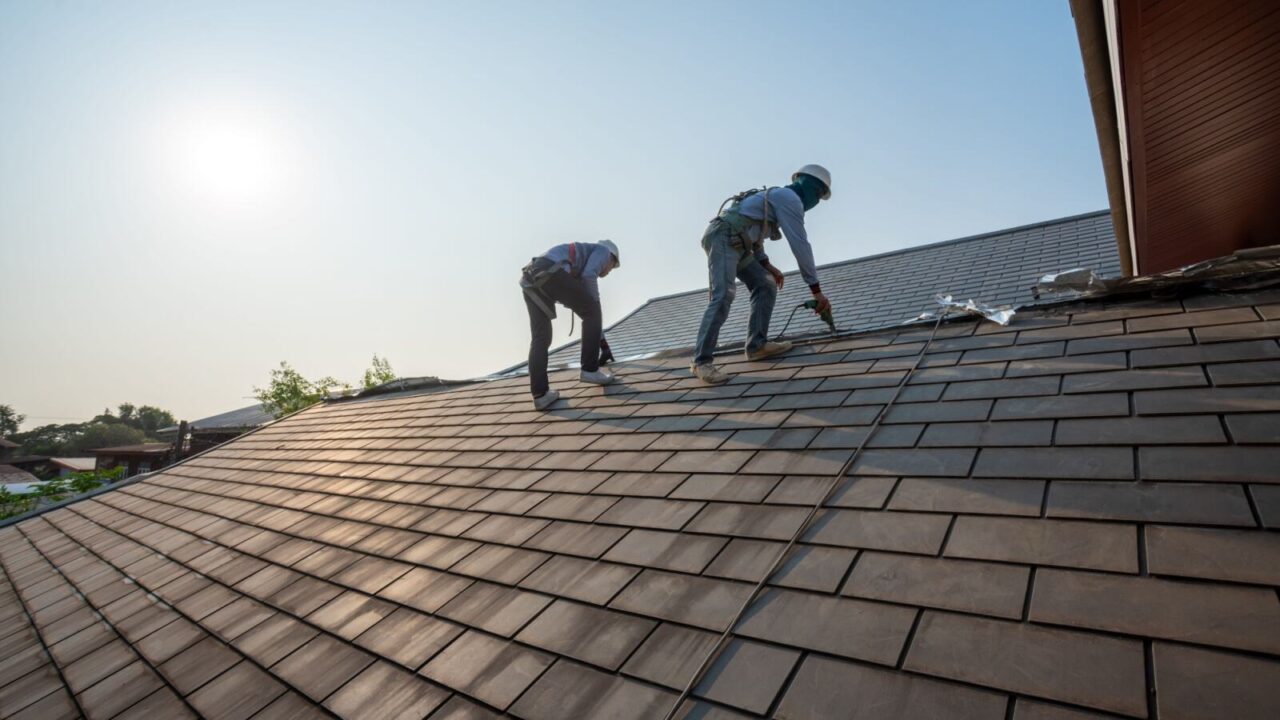
Strengthen Your Roof
Your roof is your first line of defense during storms, so it’s important to keep it in good shape. Regularly inspect your roof for loose or damaged shingles and fix them before storm season.
Consider adding hurricane straps for extra security. These reinforcements can make a huge difference in keeping your roof intact during high winds.

Garage Door
Garage doors are often overlooked but can be a weak point in a storm. Strengthening them with a bracing kit adds extra support to prevent them from buckling under strong winds.
If your area is prone to hurricanes or tornadoes, investing in a wind-resistant garage door can provide even greater protection, ensuring your home remains safe.
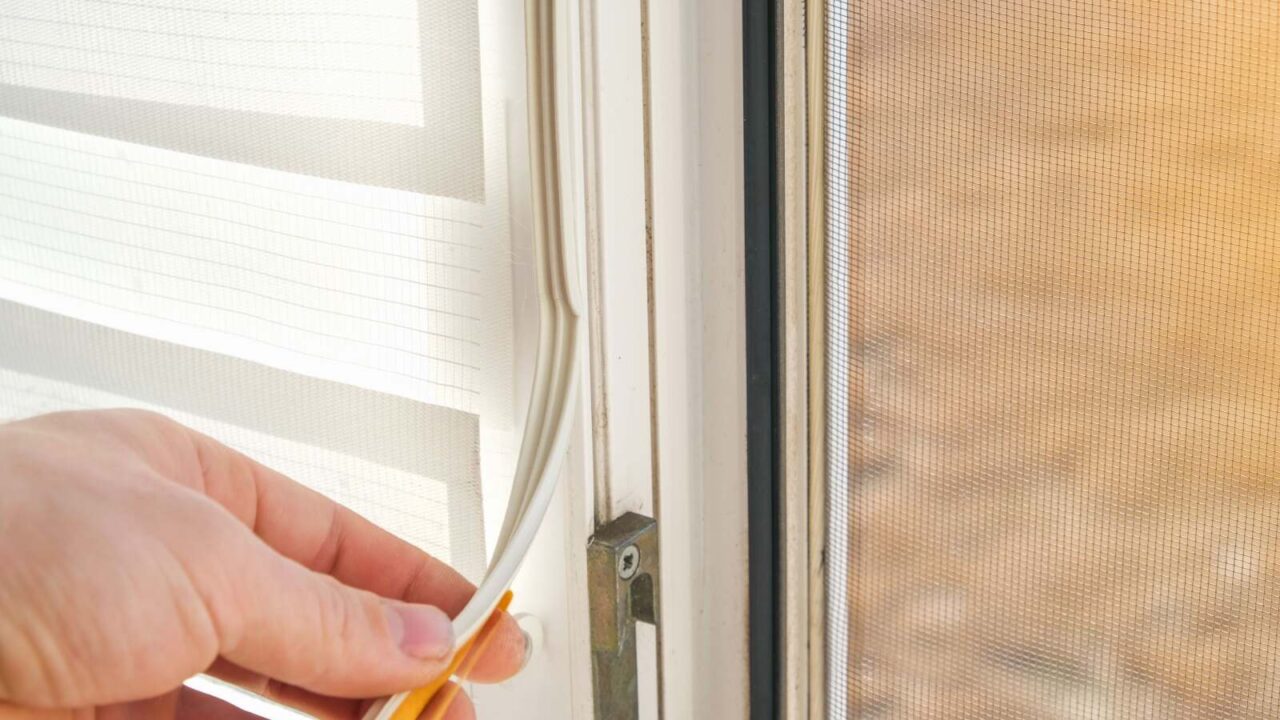
Seal Cracks and Leaks
Tiny cracks and gaps in your home’s walls, windows, and foundation can let water seep in during storms resulting in significant damage. Inspect these areas and seal any cracks present with caulking or weatherproofing materials.
Proper sealing prevents leaks and keeps your home dry and safe from water intrusion, protecting both the interior and exterior of your property.
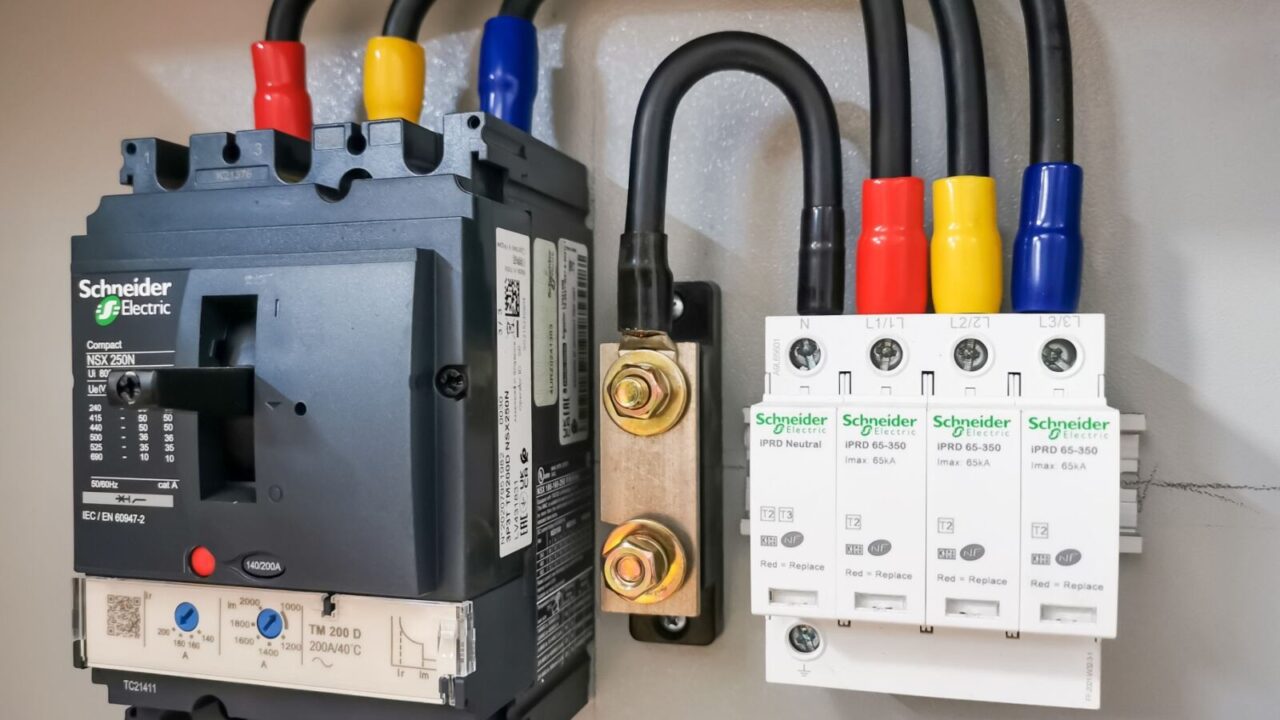
Surge Protectors
Storms often bring lightning, which can cause dangerous power surges. These surges can damage electronics and appliances if left unprotected.
Invest in quality surge protectors, preferably a whole-house surge protector to safeguard your home’s electrical devices. It’s a small upgrade that can save you from costly repairs or replacements later.

Family Emergency Plan
Storm-proofing your home isn’t just about the physical structure; having a family emergency plan is essential too.
Designate a safe room, map out evacuation routes, and prepare an emergency kit with essentials like food, water, first aid, and flashlights. Having a clear plan ensures everyone knows what to do when a storm strikes, keeping your family safe and prepared.
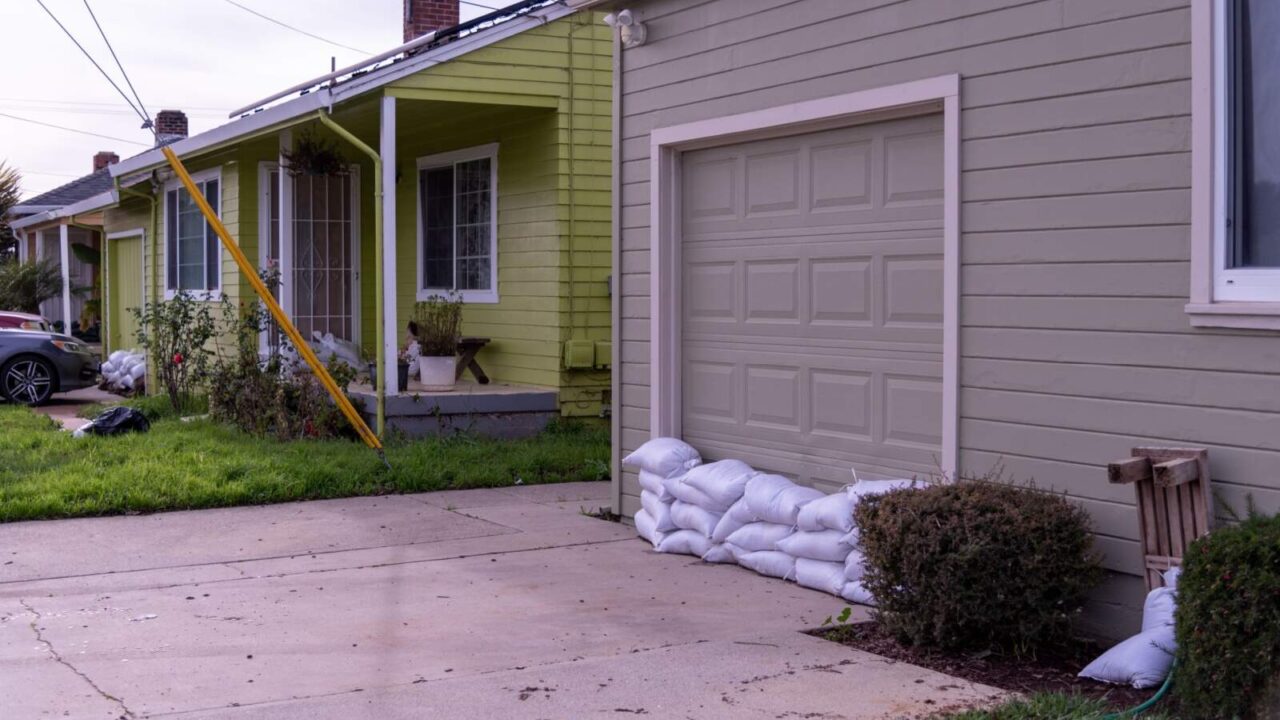
Sandbags
If you live in an area prone to flooding, sandbags can be a lifesaver. Place sandbags around the perimeter of your home, especially near doors and low-lying areas.
They help divert water away from your property, reducing the risk of interior flooding. Having a few sandbags ready before storm season can prevent costly water damage later.

Flood Vents
Flood vents are another smart investment for homes in flood-prone areas. These vents allow water to flow through your foundation, preventing pressure buildup that could lead to structural damage.
It’s a small addition that can make a big difference by reducing the risk of serious damage during heavy rains or flooding.
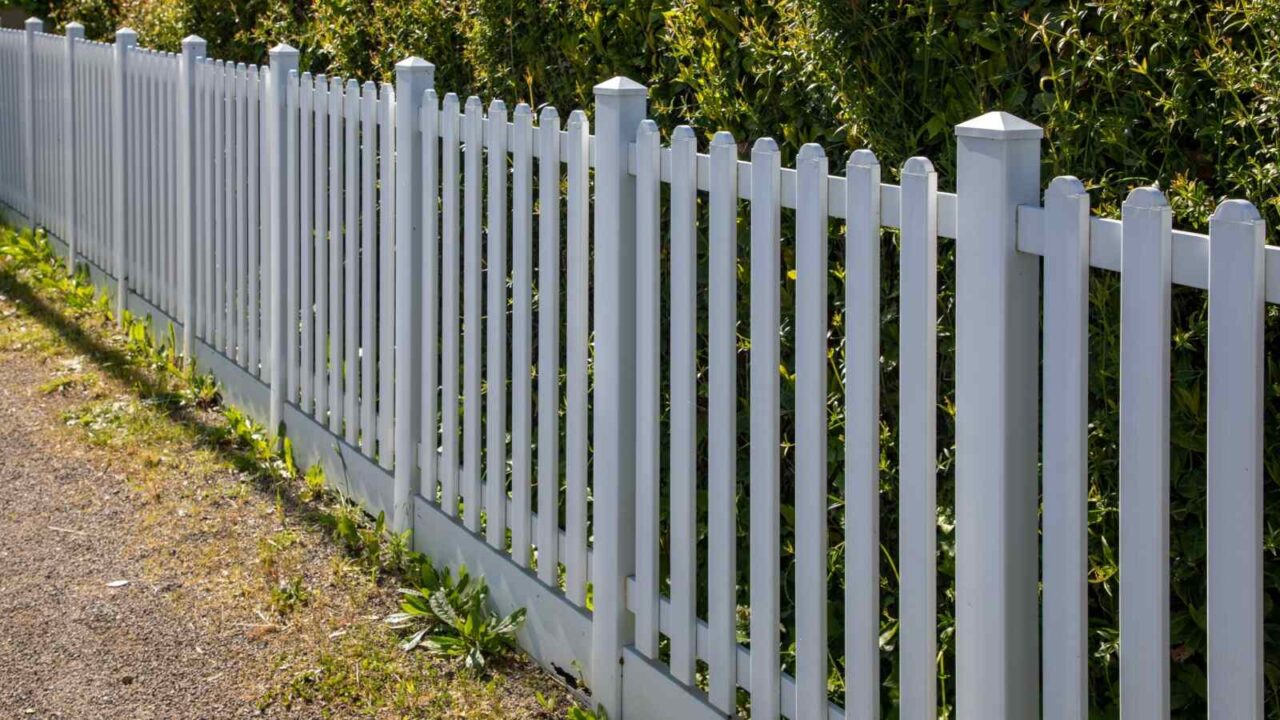
Reinforce Fencing
Properly secure your fence to prevent them from becoming a hazard during strong winds. Check your fence for any loose panels or posts and reinforce them to withstand stormy conditions.
If you live in a high-wind area, consider upgrading to a sturdier material like metal or vinyl. This keeps your yard safe and reduces the risk of damage to your home.
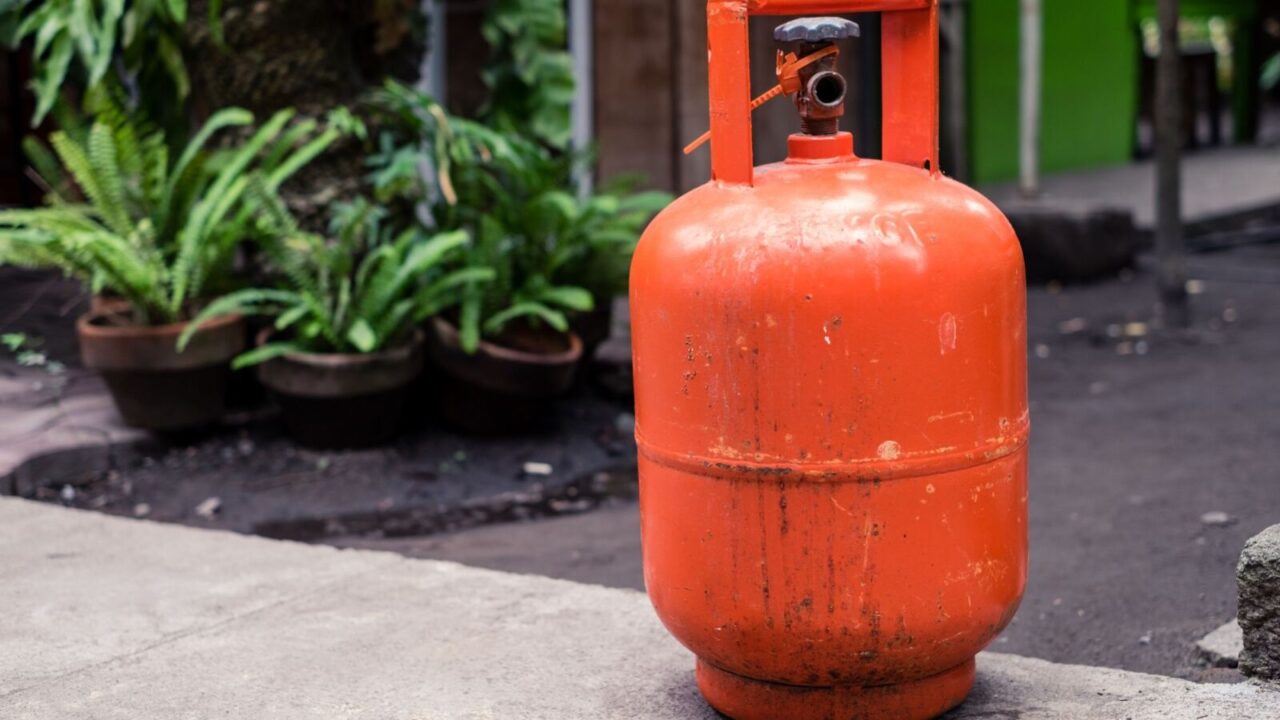
Hazardous Materials Storage
Hazardous materials like propane tanks, chemicals, and paint cans should be securely stored before a storm. Make sure they’re placed in a safe, elevated location to prevent leaks or spills.
If possible, store these materials indoors or in a shed. This simple step ensures that these dangerous substances don’t cause any additional hazards during a storm.
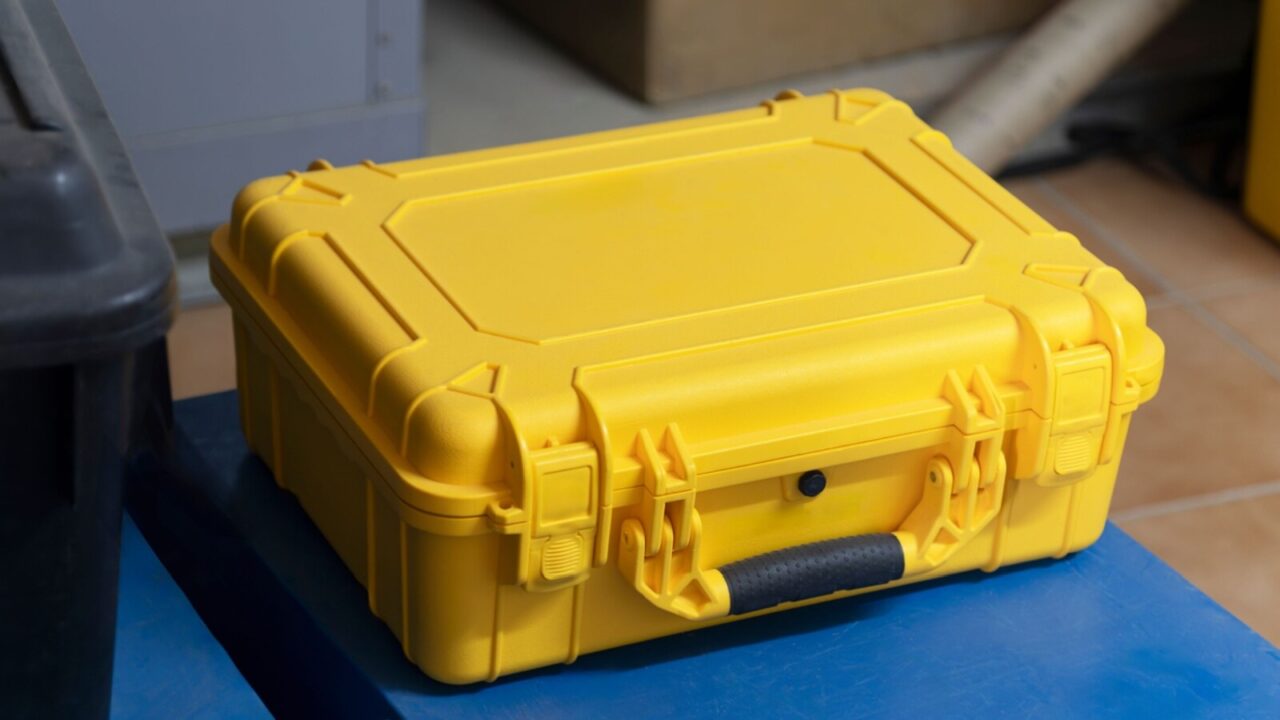
Waterproof Important Documents
Don’t forget to safeguard your important documents too before the storm hits. Store your essential paperwork like birth certificates, insurance policies, and deeds in waterproof containers to prevent them from damage.
You can also make digital copies as a backup. Keeping these items safe ensures you’ll have everything you need for recovery if a storm causes serious damage.

Outdoor Furniture
Strong winds can easily turn outdoor furniture into dangerous projectiles. Secure patio furniture, grills, and other loose items by anchoring or storing them indoors before a storm.
You can use furniture anchors, or tie-downs, or simply move lightweight pieces inside. It’s a quick and easy step that prevents potential damage to your home or yard.
For more advice on furniture protection before the storm hits, explore Best Decor Tips to Prevent Damage During the Monsoon Season for effective ways to protect your outdoor setup.
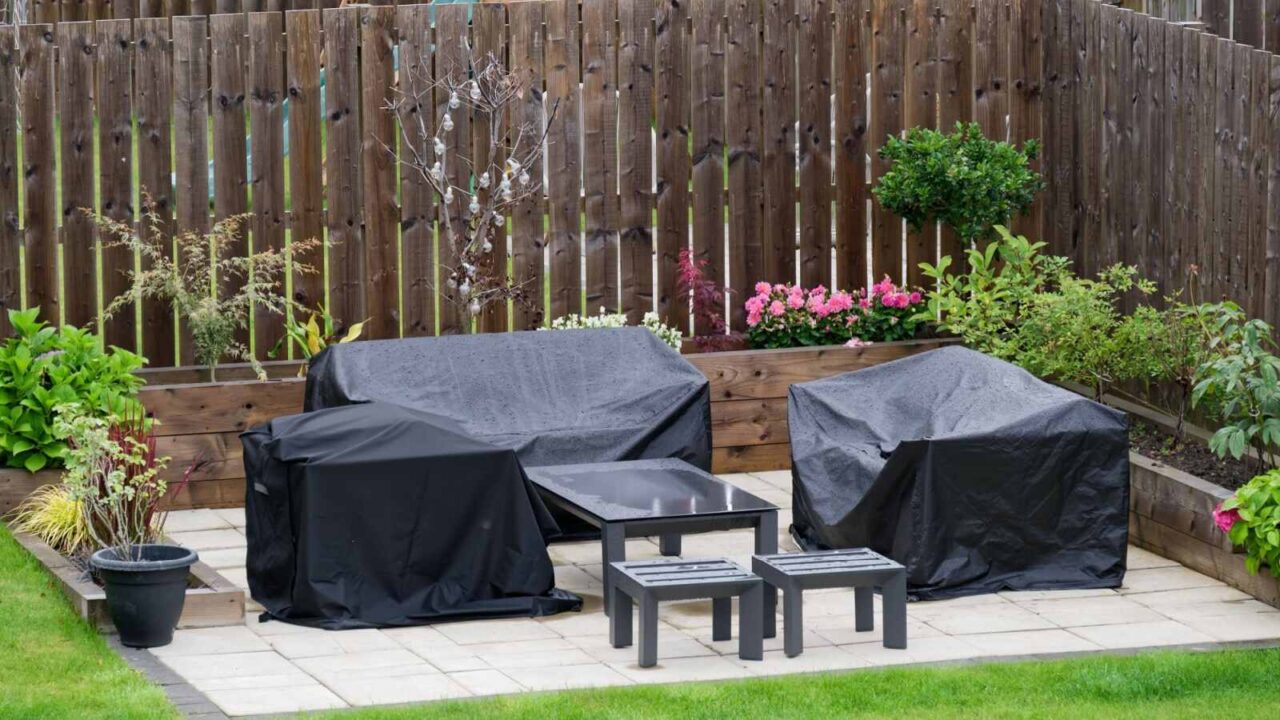
Keep Your Home Mold-Free
Now that you’ve storm-proofed your home, don’t forget to prepare for rainy season challenges like mold and water damage.
Check out my guide on Rainy Season Ready: Waterproofing and Mold Prevention Tips for tips and tricks to keep your home dry and healthy. Learn how to stay ahead of potential moisture problems and ensure your space is safe year-round.